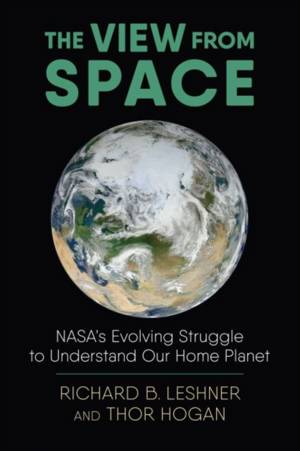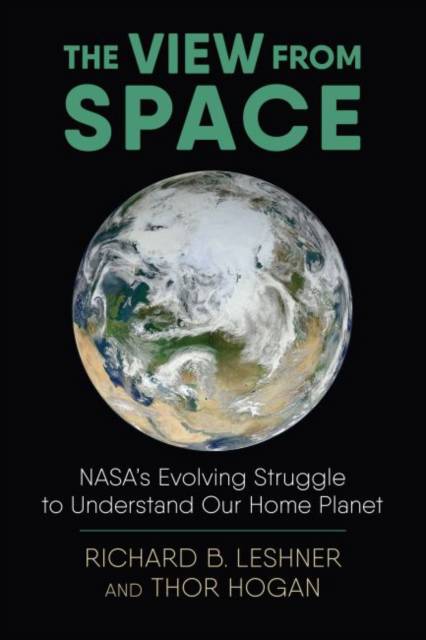
- Afhalen na 1 uur in een winkel met voorraad
- Gratis thuislevering in België vanaf € 30
- Ruim aanbod met 7 miljoen producten
- Afhalen na 1 uur in een winkel met voorraad
- Gratis thuislevering in België vanaf € 30
- Ruim aanbod met 7 miljoen producten
Zoeken
€ 50,95
+ 101 punten
Uitvoering
Omschrijving
In 1990, NASA began developing Mission to Planet Earth (MTPE), an initiative aimed at using satellites to study the planet's environment from space. With the Earth Observing System (EOS) as its technological cornerstone, MTPE's main goal was to better understand fundamental processes such as climate change. The View from Space tells the remarkable story of this unprecedented convergence of science, technology, and policy in one of the most significant "Big Science" programs in human history. Richard B. Leshner and Thor Hogan offer an engrossing behind-the-scenes look at how and why NASA managed to make an aggressive earth science research program part of the national agenda--an accomplishment made possible by the pragmatic and assertive efforts of the earth science community. This is the first book to focus on describing and analyzing the historical evolution of the MPTE/EOS initiative from its formative years in the 1980s to its political and technical struggles in the 1990s to its scientific successes in the 2000s. Though detailed in its coverage of science and technology, The View from Space is primarily concerned with questions of policy--specifically, how MTPE/EOS came to be, how it developed, and how its proponents navigated the fraught politics of the time. Compelling in its own right, this in-depth history of the initiative is also a valuable object lesson in how political, technical, and scientific infighting can shape a project of such national and global consequence--particularly in the age of climate change.
Specificaties
Betrokkenen
- Auteur(s):
- Uitgeverij:
Inhoud
- Aantal bladzijden:
- 256
- Taal:
- Engels
- Reeks:
Eigenschappen
- Productcode (EAN):
- 9780700628322
- Verschijningsdatum:
- 25/10/2019
- Uitvoering:
- Paperback
- Formaat:
- Trade paperback (VS)
- Afmetingen:
- 152 mm x 239 mm
- Gewicht:
- 408 g

Alleen bij Standaard Boekhandel
+ 101 punten op je klantenkaart van Standaard Boekhandel
Beoordelingen
We publiceren alleen reviews die voldoen aan de voorwaarden voor reviews. Bekijk onze voorwaarden voor reviews.











